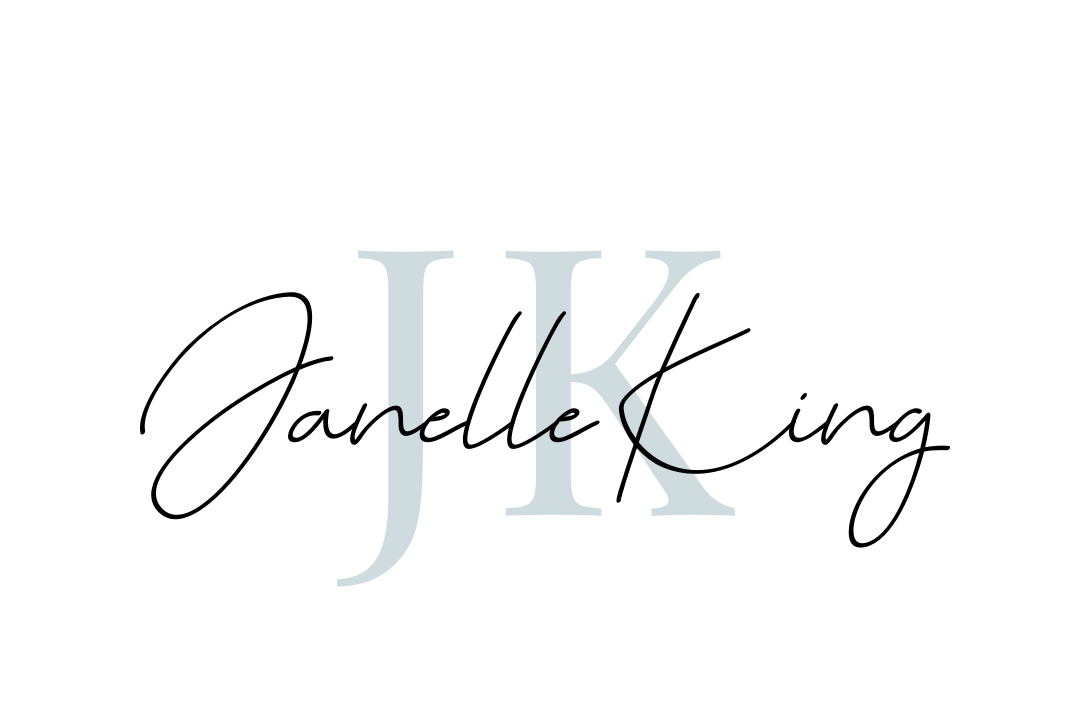How I Plan Out My Week Using Asana, iCal, & My Planner
As purpose-driven women, we have a lot on our plates. We work, we volunteer, we’re involved in our church communities, we’re social, and we’re actively pursuing the vision that God has placed on our heart. There are things to do, meetings to attend, and places to be. With all that’s going on and so much to do, it can be hard to stay organized. And if we’re not careful, something can be easily forgotten. That’s why it’s so essential to plan and organize your week.
Every Sunday evening, I sit down to schedule my week and there are three things that I absolutely can’t work without --Asana, iCal, & my planner. These three tools allow me to plan out my week and focus on my priorities. Without these tools, I wouldn’t be able to accomplish much in my business or week in general. People are constantly asking me how I stay so organized and on task. Although my organizational skills can largely be attributed to my Type-A personality, the real reason why I’m so organized is because I use Asana, iCal, & my planner to plan out every detail of my week.
1) I start by putting all my set and recurring commitments in iCal.
Before I even write a to-do list, I like to add all of my set in stone commitments (i.e. work, meetings, workouts coaching sessions, dinners/ date nights, etc). This allows me to accurately gauge how much time I have throughout my week to devote to other priorities like growing my God-given vision and other purposeful priorities.
2) Then I pull important to-dos from Asana.
I keep a running list of business related to-dos in my Asana account. Asana is a task/project management system. I know people who use it for business and personal tasks, but I use mine strictly for business. Every facet of my business from my content editorial calendar, quarterly goals, client maintenance, and other projects are housed in Asana (including my weekly schedule). I use it as a starting point to create my master to-do list for the week. Anything that I’m working on in my business lives there.
3) I create a master list of Purposeful Priorities.
One of my favorite Scriptures is Proverbs 29:18 (KJV), “Where there is no vision, the people perish.” My master list is what helps me carry out my God-given vision. After I reference Asana, I sit down and create a master list of my purposeful priorities for the week. My purposeful priorities consist of action steps that are moving me closer to achieving my God-given goals and manifesting my God-given vision -- that means any to-dos that are going to help me cultivate a purpose-driven life. That can include anything from writing content for my blog to buying birthday cards for my sisters. I created a free planning worksheet that allows you to create a master list. Click here to download a copy.
4) From here, I schedule my priorities into iCal using a process called batching.
Now that I’ve written down my purposeful priorities for the week, I can now go back in iCal and schedule them within the gaps of time. To increase my chances of productivity and decrease distractions, I schedule my priorities using a process called batching.
Batching, also known as time chunking, is allotting a time slot to work on your to-dos or goals. It minimizes distractions and the bopping around from task to task. Instead of aimlessly tackling your to-do list, you are taking the time to schedule your priorities by grouping your to-dos into time slots.
For example, instead of wondering when I’m going to have time to blog, I’m going to designate a time on Monday to blog from 12-5pm. This doesn’t mean that I need to get every blog post written. This just means that I’m taking the time to work on my goals. This allows me the grace to choose progress over perfection. Unless it has a pressing deadline, I allow myself the time and space to work undistracted and diligently toward my goals.
Anything that doesn’t get done, like rollover minutes, gets rolled over to the next designated day. That way I can move on to my next to-do, making sure I’m intentionally working on all the purposeful priorities I’ve set for the day.
“The key is not to prioritize what’s on your schedule, but to schedule your priorities.”
5) Once I’ve plugged everything into iCal, I transfer everything into my paper planner.
I like to see my goals written in different places so 1) I don’t forget and 2) so I can have the flexibility to edit/change anything if I need to. My iCal maintains my schedule and my planner maintains any other extraneous to-dos like scheduling an oil change or anything that’s going to take me less than 15 minutes to do. I reference my planner to make sure that I’m staying on task with completing my daily to-dos. Right now I’m using Day Designer’s Target Line, but in 2018 I’ll be switching over to the Simplified Planner by Emily Ley.
Without Asana, iCal, and my planner, it would be impossible for me to stay on top of my weekly responsibilities. If you feel like you’re in constant chaos during the week from poor planning or the lack thereof, I want to encourage you to make an effort to intentionally plan out your week.
It makes a world of difference when you know what you’re doing, where you’re going, and how you’re going to get there. Intentionally planning out your week allows you to have the clarity and confidence needed to power through your week and make time for what’s important to you.

















